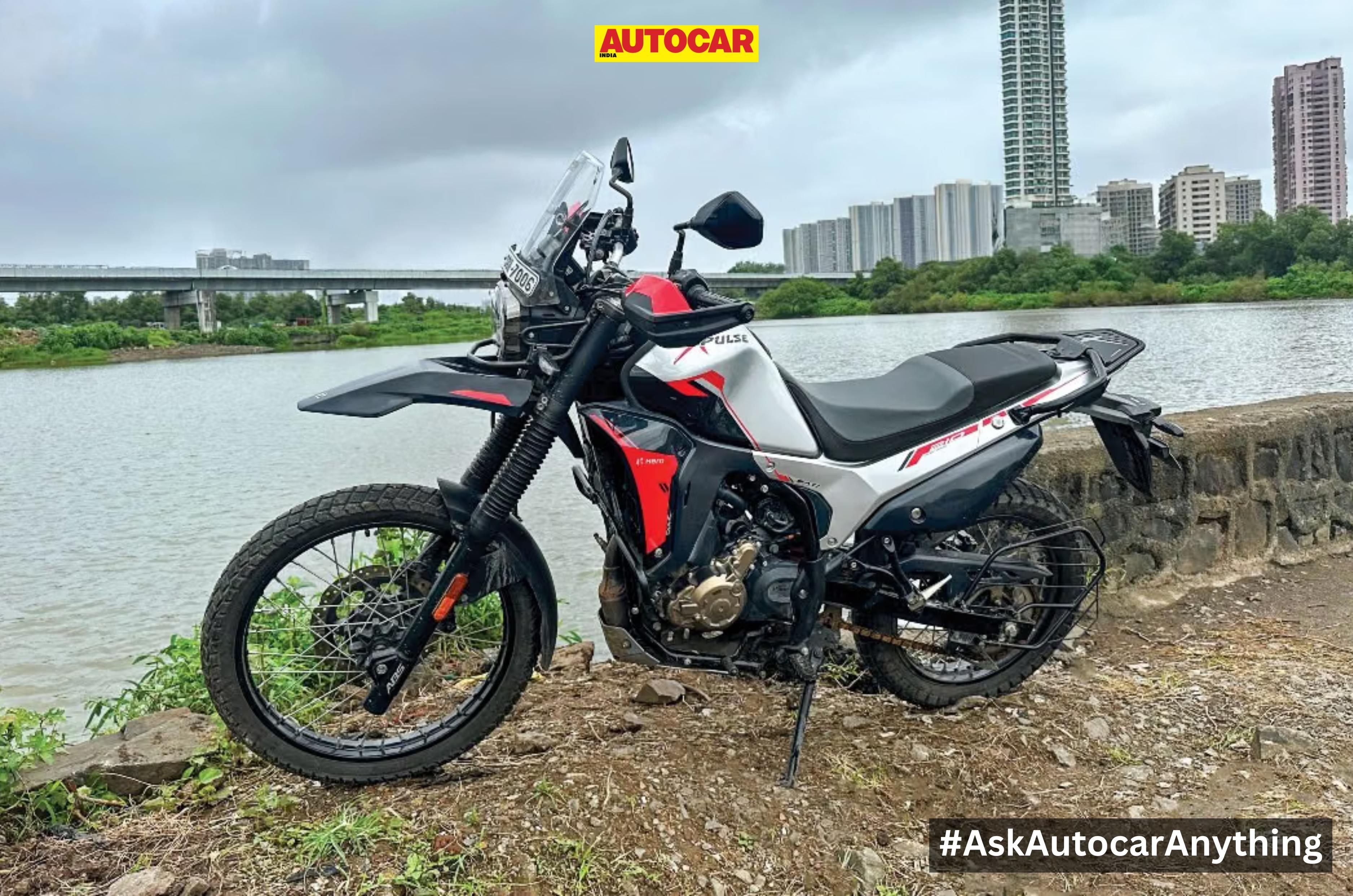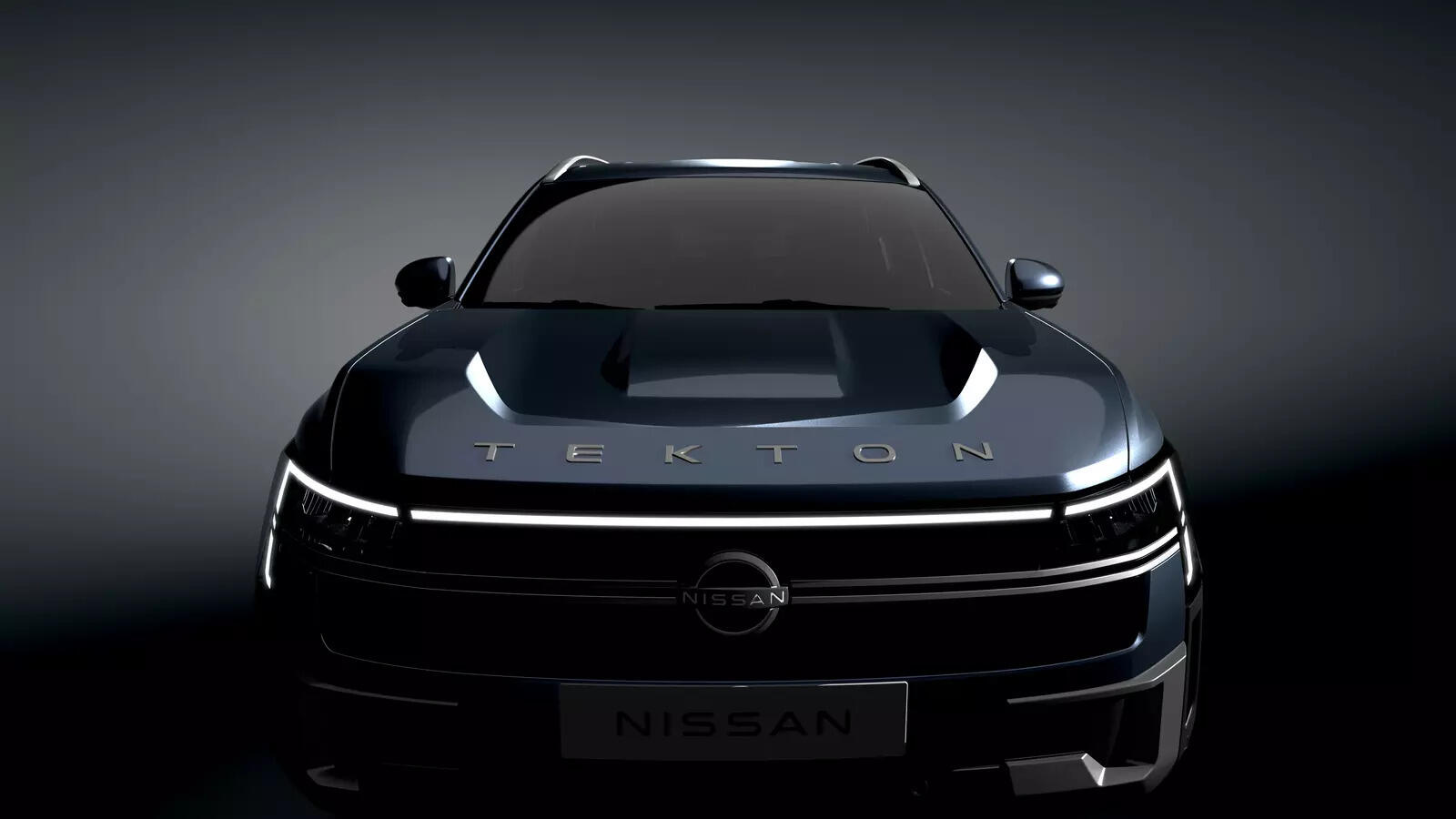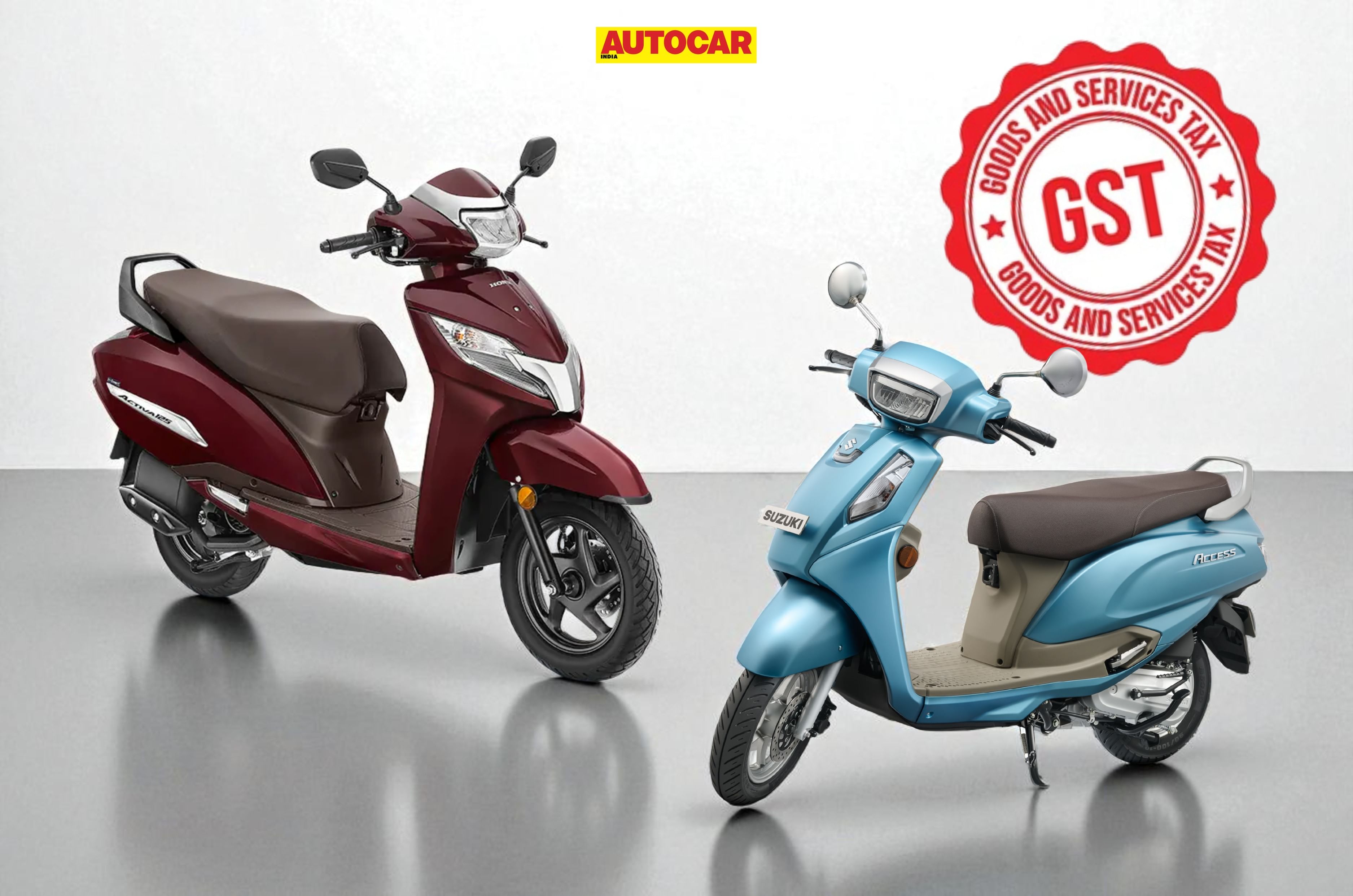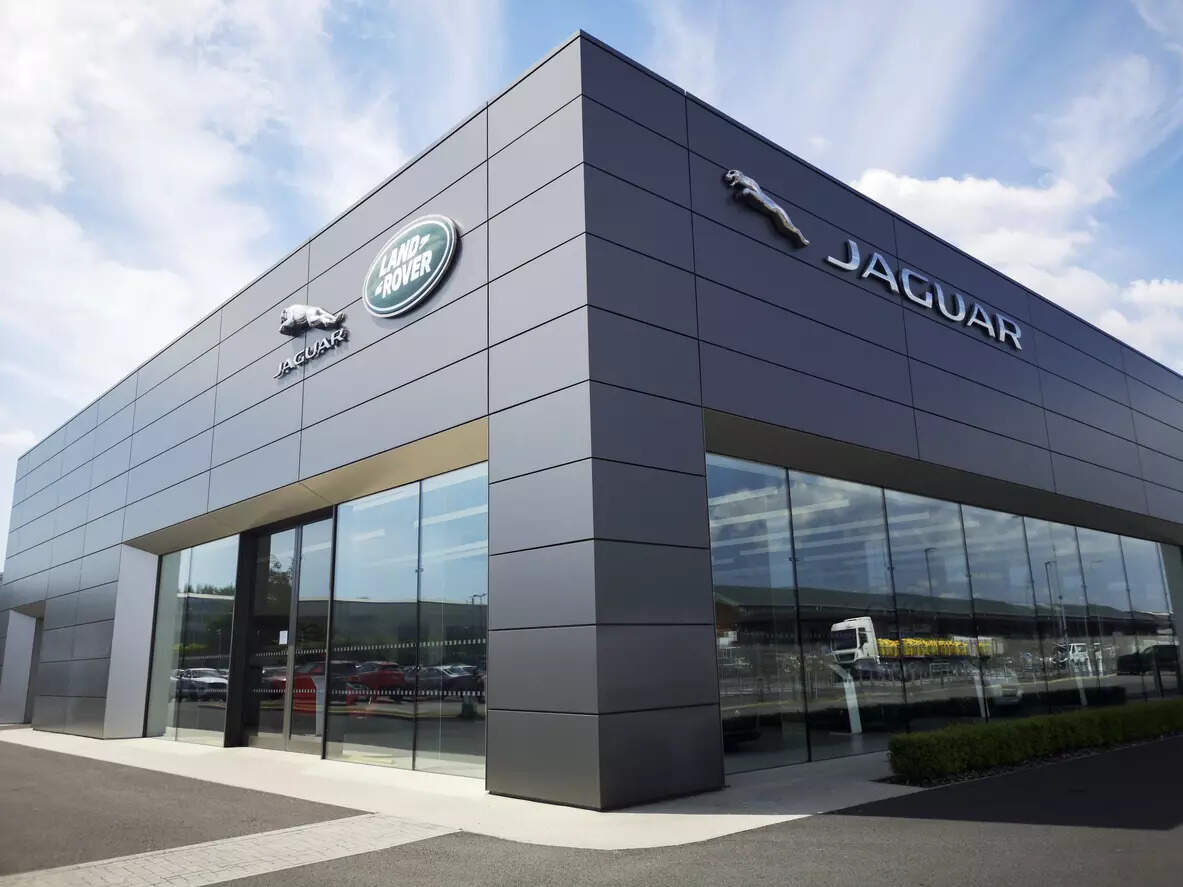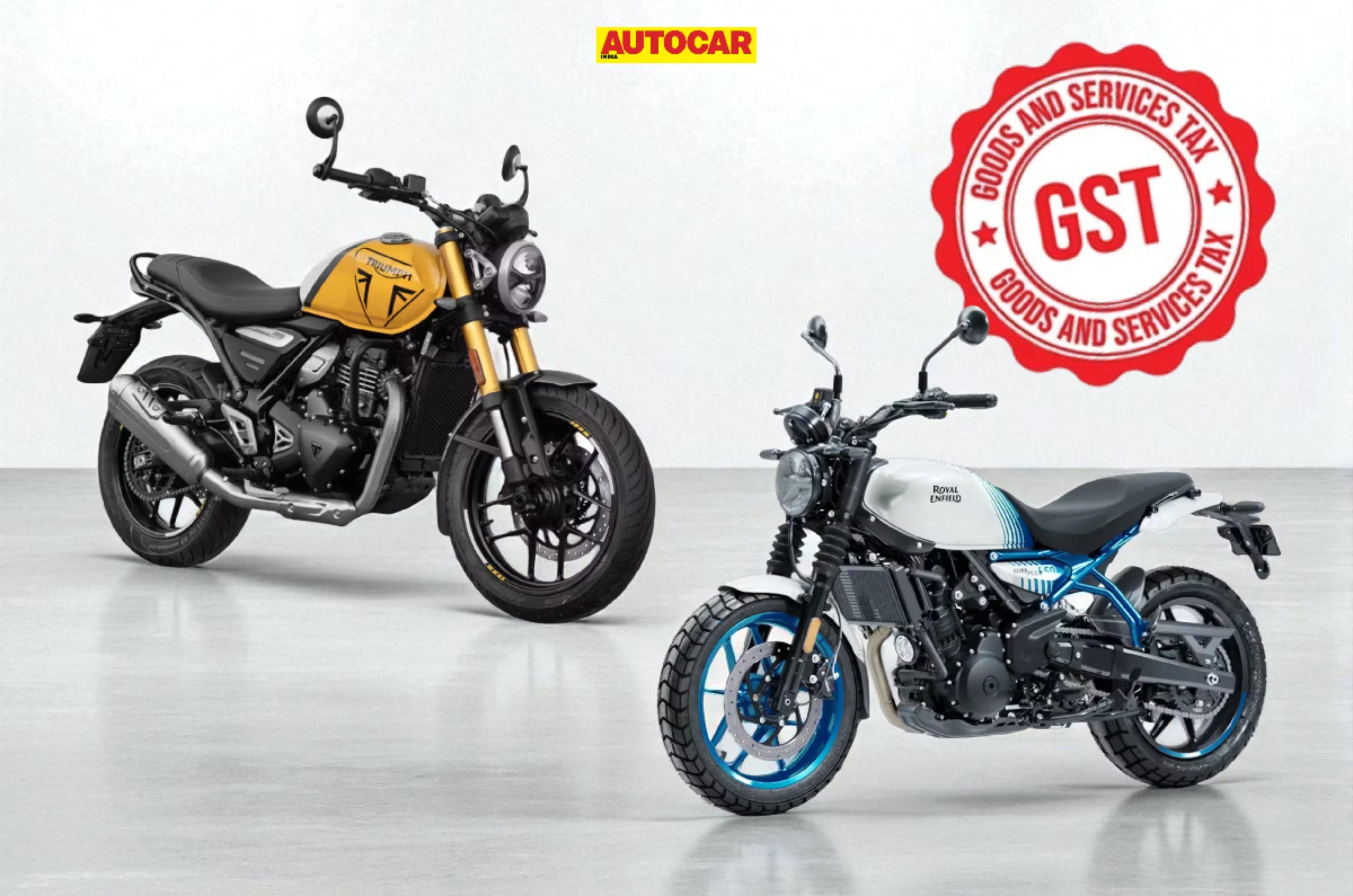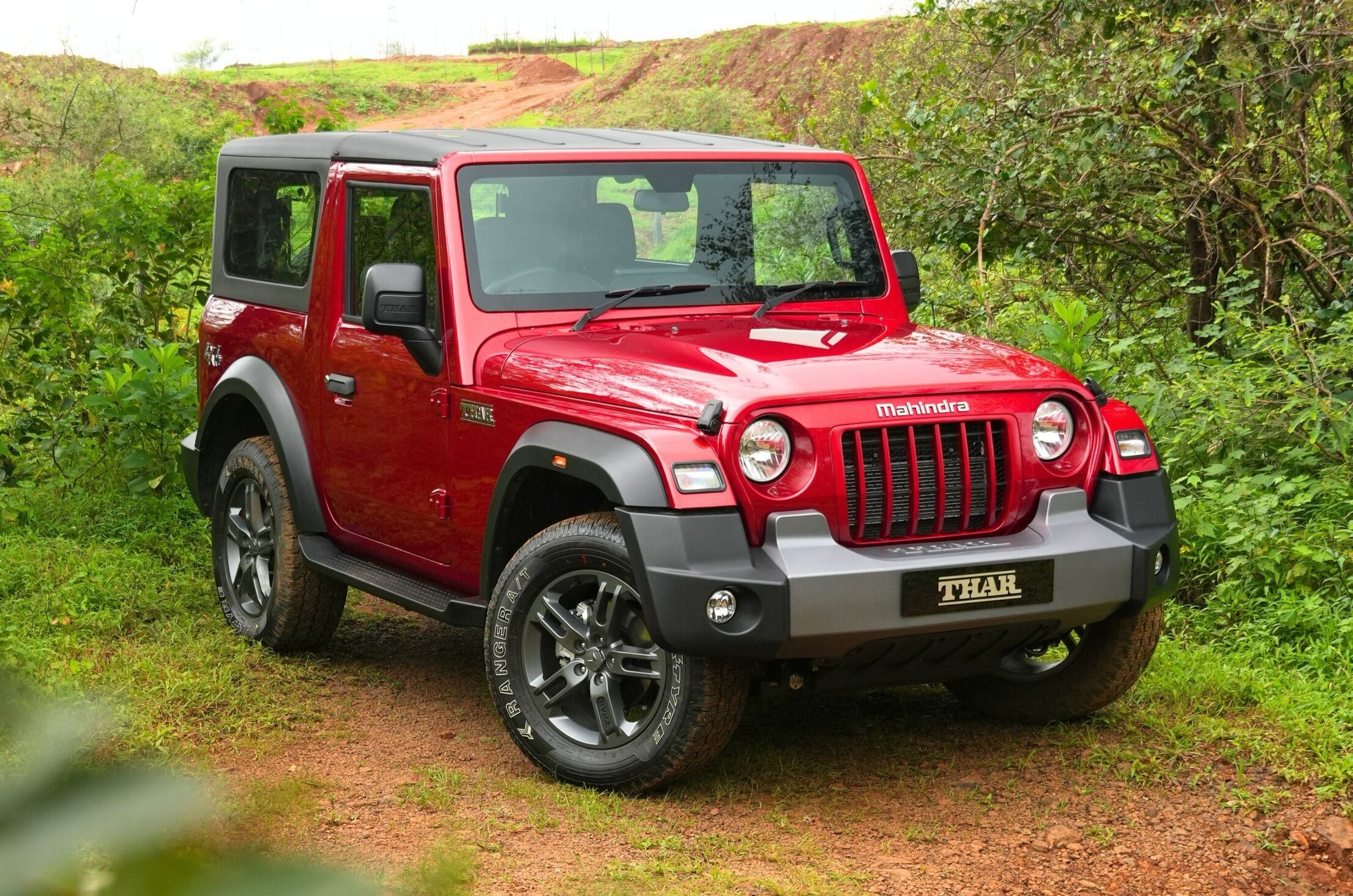
The Mahindra Tharcurrently in its second generation, is one of the most popular off-roaders in the Indian SUV specialist’s portfolio. To widen the 3-door Thar’s appeal, Mahindra has introduced more features with the 2025 mid-cycle update. Should you plan to add the new Thar to your garage, here are its key pros and cons to help you decide.
Highly capable off-roader

Mahindra did not make any mechanical changes to the 2025 Thar, and it continues to be backed by the same proven hardware that makes it a capable SUV off the tarmac – a ladder-frame chassis, double-wishbone front suspension and a multi-link rear with coil springs. The facelift also gets a new 10.25-inch touchscreen with the next-gen Adventure Stats off-road telemetry.
While sampling the 2.2-litre diesel Mahindra Thar at the carmaker’s off-road test track in Igatpuri, Maharashtra, we were impressed by the compact SUV’s ability to breeze through pretty much every obstacle, especially with the low range engaged.
Refined and punchy powertrains
![]()
The updated Thar continues to offer 119hp 1.5-litre diesel, 152hp 2-litre turbo-petrol and 132hp 2.2-litre diesel engine options; all come with a 6-speed manual gearbox as standard. A 6-speed torque-converter automatic option is available only with the 2.2L diesel and petrol Thar models. Also, a 4WD setup is standard on the 2.2L diesel Thar but optional with the turbo-petrol version; the smaller diesel block is available only in the RWD layout.
Refinement and smoothness are the highlights of this turbocharged engine trio. Even the diesel clatter on both the 1.5L and 2.2L is very well contained, as per our previous road tests. The 2L turbo-petrol Thar stands out as the most powerful in the lineup, with 4WD available as an option.
With the Thar’s advantages out of the way, let us now delve into a couple of its weaknesses.
Bouncy ride
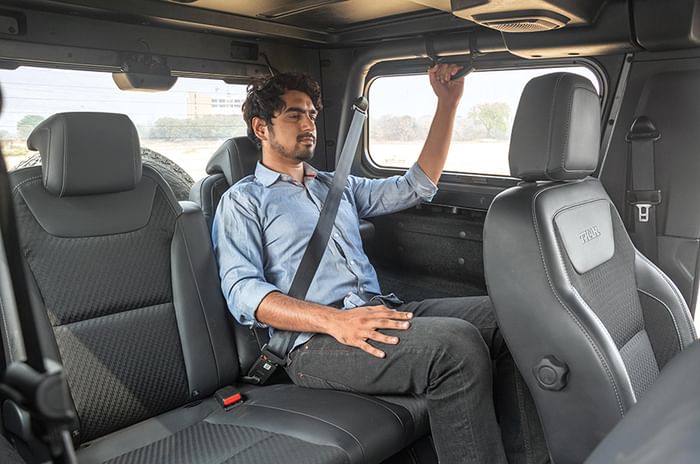
Pre-facelift Mahindra Thar (image used for representation).
While Mahindra has made feedback-based calibration changes to the suspension, the Thar’s ride quality is still bouncy at low speeds, coupled with a lot of body movement. Rear passengers seated directly over the axle will be the most affected because of the Thar’s ride. For those looking for better ride comfort in an SUV, a monocoque-based model should be better suited than the ladder-on-frame Thar.
Rear seats are not easy to access
 Pre-facelift Mahindra Thar (image used for representation).
Pre-facelift Mahindra Thar (image used for representation).
Getting into the back isn’t the easiest as you have to flip and slide the driver’s seat forward, then step in through a tight opening. Access from the passenger side is a bit easier since that seat can be folded down and moved forward. The wheel wells also intrude into the seating area, making it suitable only for two adults rather than three. And with the rear seats up, the boot holds only a couple of small backpacks.
Also see:
Opinion: Is the 3-door Mahindra Thar now a better family car?
Mahindra Thar new vs old: Differences and similarities explained
2025 Mahindra Thar facelift price and specs compared with rivals











